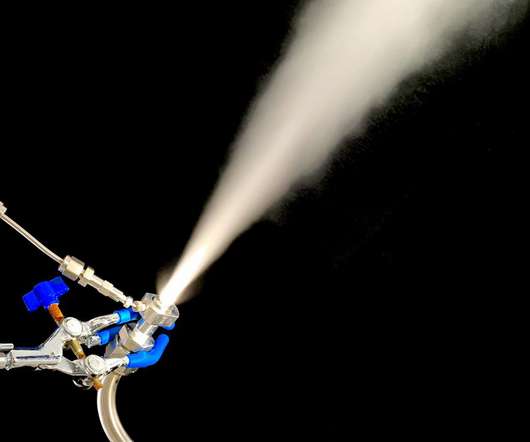Researchers Discover New Chemistry for Ozone Formation; Not Yet Monitored or Incorporated into Atmospheric Models
Green Car Congress
JULY 24, 2009
A) shows the base case peak concentrations for O 3 (ozone), ClNO and HCl in parts-per-billion by volume (ppbv). (B) Under extreme circumstances, this previously unknown chemistry could account for up to 40 parts per billion (ppb) of ozone; the current US Environmental Protection Agency (EPA) 8-hour average standard is 75 ppb.












Let's personalize your content